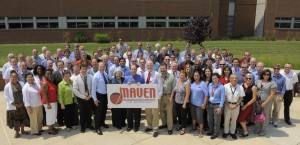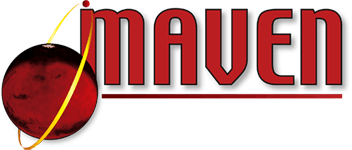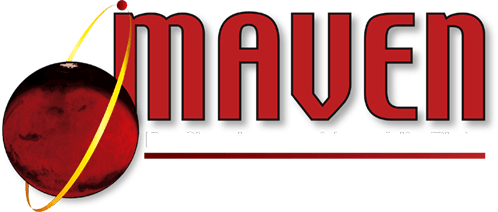
With MAVEN having just recently passed its Critical Design Review and now having just over two years until launch, this is a good time to take stock of where we are in the process. We originally began putting the mission together in early 2004, knowing that NASA would have an open competition to propose Mars missions in the near future.
2004-2006. Developed concept, assembled science team and partners.
2006. Submitted MAVEN proposal. Selected for Phase A study (more-detailed development of mission concept).
2007. Carried out Phase A study, and submitted full Concept Study Report.
2008. Carried out a second Phase A study at the direction of NASA HQ. MAVEN was selected for development in Sept. 2008.
2008. Began Phase B (developing detailed mission, requirements, and design). Further refined requirements to lower-level systems, culminating in a Systems Requirements Assessment review in summer 2009.
2009-2010. Continued Phase B (preliminary design stage), leading to Preliminary Design Review (PDR) in summer 2010. Results were evaluated within NASA, with a Confirmation Review with senior NASA officials in October 2010; confirmation meant that we were officially approved as a mission and now would move forward into full-scale development.
2010-2011. Carried out Phase C (detailed or final design stage), leading to Critical Design Review (CDR) in summer 2011. The CDR generally marks the transition from designing the components, the spacecraft, and the mission operations to building hardware and the operations system.
That brings us up to today. Looking forward:
2011-2012. Complete Phase C, which involves building the flight components – the instruments and the spacecraft components.
2012-2013. Integration and test. The components are assembled onto the spacecraft bus, building up a complete orbiter consisting of the spacecraft and the science instruments. The components are tested along the way, and the entire orbiter is tested in the environments in which it will need to operate.
2013. Launch campaign. The observatory ships to Florida in August of 2013, for launch from the Cape Canaveral Air Force Station facilities there (NASA’s Kennedy Space Center sits adjacent to CCAFS). There is a three-month “campaign” leading to stacking it on the Atlas V rocket, fueling the spacecraft and rocket, and launching it. We have a 20-day window in which we can launch on a path that will get us to Mars.
To put the process into perspective, we’ve gone through nearly 80 % of the time from the original concept up until launch, but we still have about 2/3 of the effort to go (judging by budgeted work years of effort). The largest fraction of that total effort will take place over this next year!
After launch, it takes 10 months to get to Mars, a month or so to “commission” the spacecraft and get ready to make science measurements, and then we have a primary mission of a year. From start to finish – cradle to grave – it will have been a full twelve years!

